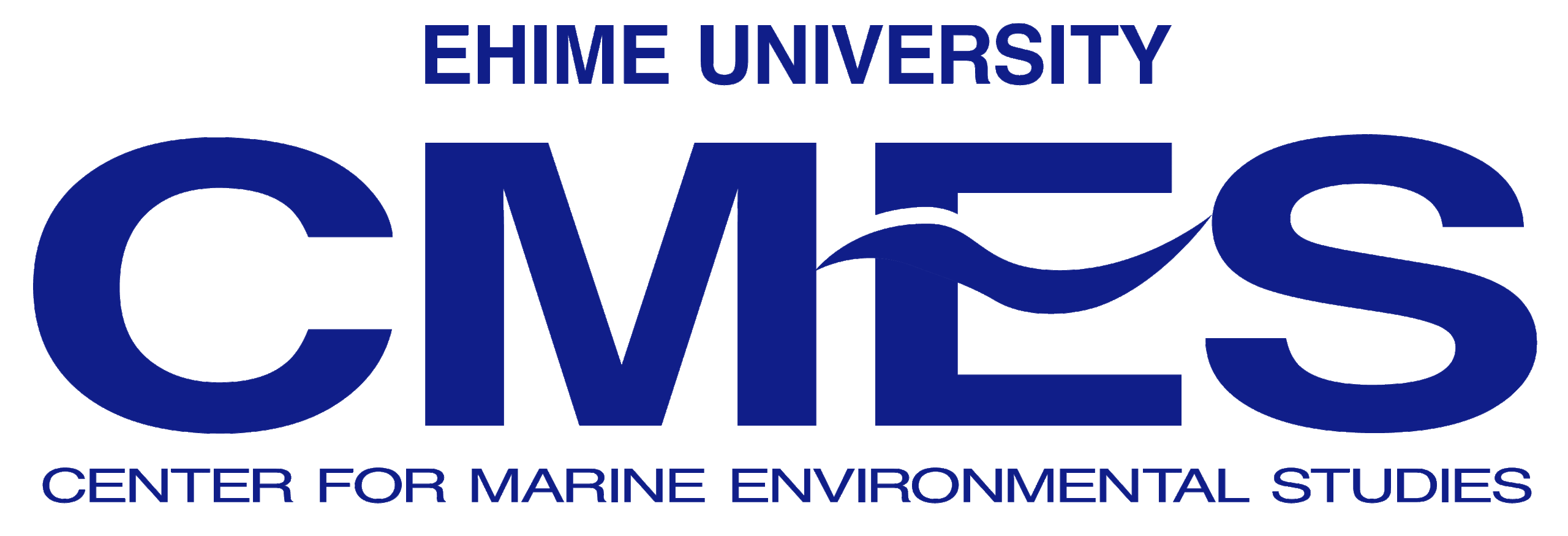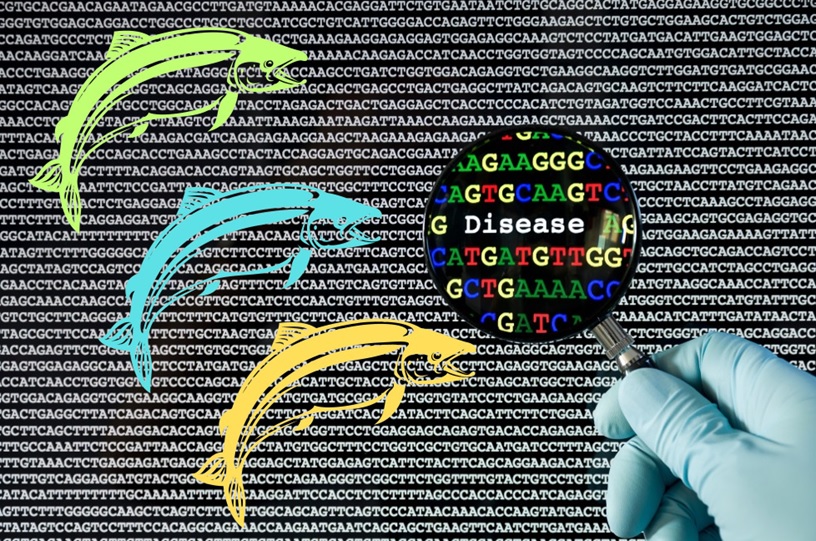Organohalogen contamination impact on the health of Baltic Atlantic salmon
This study examined how the origin (wild or hatchery-reared), feeding area (Baltic Sea mainstem, Bosnian Sea, and Gulf of Finland), and organic halogen compound (OHC) concentrations of Baltic Sea Atlantic salmon (Salmo salar) affect the salmon liver proteome, transcriptome, and oxidative stress markers. Results suggest that the Baltic salmon liver proteome, together with the transcriptome, is influenced more by OHC concentrations and oxidative stress levels in the feeding area than by their origin.
The Baltic Sea Atlantic salmon (Salmo salar) consists of both wild and hatchery-reared fish. As these salmon forage for food, they migrate through various areas of the Baltic Sea and are exposed to a variety of environmental stresses, including exposure to organohalogen compounds (OHCs).
This study aimed to determine how salmon origin (wild or hatchery-reared), feeding area (Baltic Sea mainstem, Bosnian Sea, Gulf of Finland), and OHC concentrations affect the salmon liver proteome (protein expression profile), transcriptome (RNA expression profile), and oxidative stress markers.
We performed a multi-level analysis measuring OHC concentration, transcriptome, proteome, and oxidative stress markers from the same individual salmon. This approach allowed us to determine the main factors (e.g., feeding area, OHC concentration, and oxidative stress) that contribute most to the variation in the transcriptome and proteome among different groups of salmon.
Comparison of wild and hatchery-reared salmon revealed differences in pathways related to xenobiotic and amino acid metabolism. Furthermore, comparison of salmon from different feeding areas revealed marked differences in metabolic pathways for amino acids and carbohydrates. Some of these pathways were correlated with polychlorinated biphenyl (PCB) concentrations.
Multi-level analysis suggested that the Baltic salmon liver proteome, together with the transcriptome, is influenced more by OHC concentrations and oxidative stress levels in the feeding area than by their origin (wild or hatchery-reared).
Reference URL: https://doi.org/10.1016/j.ecoenv.2023.115424
Bibliographic Information
Multi-level assessment of the origin, feeding area and organohalogen contamination on salmon from the Baltic Sea
Mirella Kanerva, Nguyen Minh Tue, Tatsuya Kunisue, Kristiina AM Vuori, Hisato Iwata, Ecotoxicology and Environmental Safety, 264, 115424, 1 October 2023, https://doi.org/10.1016/j.ecoenv.2023.115424
Fundings
- Japan Society for the Promotion of Science (JSPS) KAKENHI: Scientific Research (S) [No. 26220103] and (A) [No. 19H01150]
- Ministry of Education, Culture, Sports, Science, and Technology, Japan (MEXT): the Joint Usage/Research Center – Leading Academia in Marine and Environment Pollution Research (LaMer)
Contact Person
Name : Hisato Iwata
Phone : +81-89-927-8172
E-mail : iwata.hisato.mz@ehime-u.ac.jp
Affiliation : Center for Marine Environmental Studies


